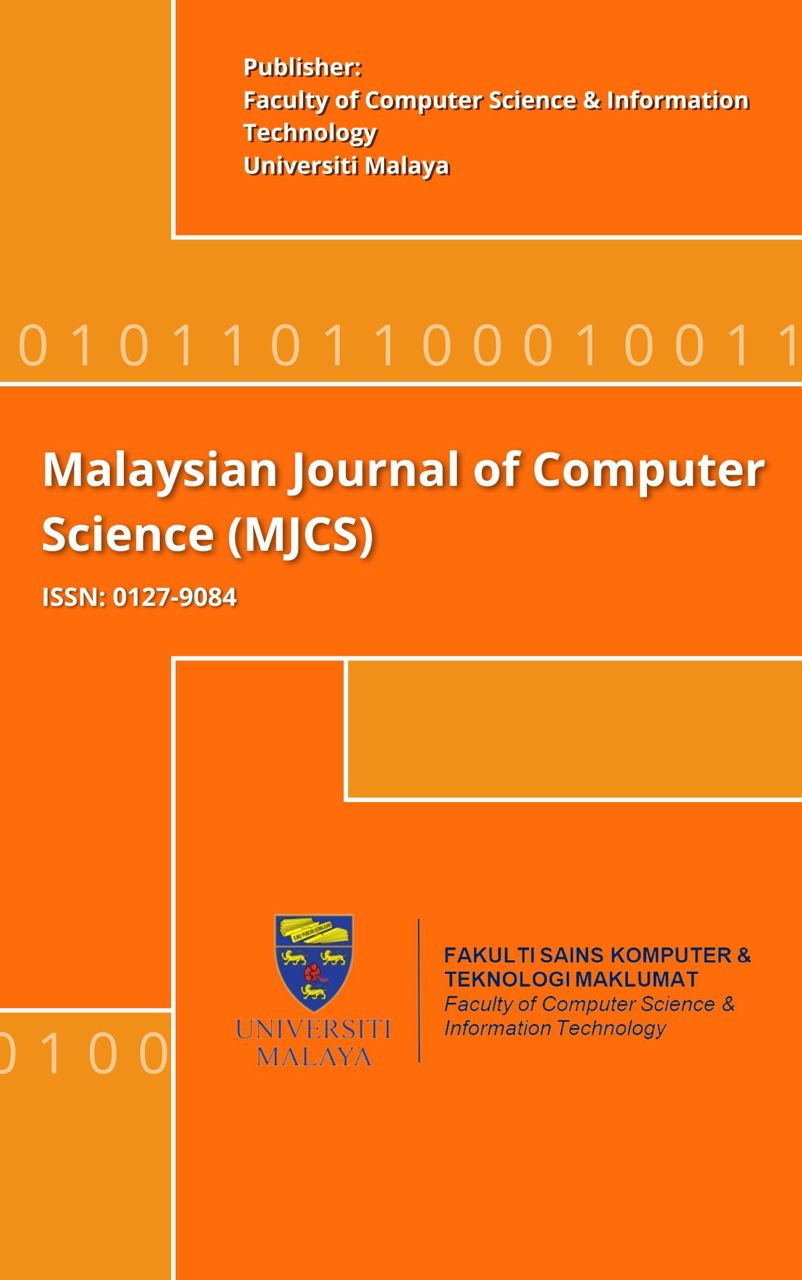ECONOMIC GROWTH FORECAST MODEL URBAN SUPPLY CHAIN LOGISTICS DISTRIBUTION PATH DECISION USING AN IMPROVED GENETIC ALGORITHM
Main Article Content
Abstract
The proposed way of estimating the associated macroeconomic index based on a supply chain network is a novel strategy that might give useful insights for firms and organizations trying to enhance their supply chain logistics operations. To aid in this process, the suggested technique utilizes multiple regression analysis and adaptive extreme learning machine models to determine the relative importance of each indicator in the supply chain logistics decision-making process. Firms may be able to save expenses and boost economic value by employing enhanced genetic algorithms and mathematical modeling to develop a logistics distribution model for urban supply chains based on reconstructive genetic algorithms. It is possible that the paper's study of the issues plaguing the current distribution of logistics in metropolitan areas would prove valuable to organizations that are seeking to improve their own supply chain logistics procedures. This paper appears to take a thorough strategy that might assist assure the accuracy of the forecasting method by preprocessing macroeconomic indicators using imputation, classification, and other approaches to generate a time series consistency model. Some novel ways that may shed light on logistics in the supply chain include using a two-dimensional discrete mesh structure built on wireless sensors to depict the national economic development scenario and using a coding matrix to convey the extent of economic growth. A thorough and all-encompassing way that might aid organizations in making better judgments about their supply chain logistics strategies is to employ multiple regression analysis, an adaptive extreme learning machine model, and other approaches to examine the effect degree of each key indicator. Experiments demonstrating excellent and steady prediction accuracy of the algorithm model are encouraging and point to the possible usefulness of the suggested forecasting approach. The paper's contributions, including its analysis of supply chain logistics cost accounting, determination of the basic path optimization, improvement of the genetic algorithm, and design of the mathematical model of supply chain logistics distribution path decision, all look promising in terms of their potential to help businesses cut costs and boost economic value. The positive outcome of the successful design of the mathematical model demonstrates the possible efficacy of the suggested technique.
